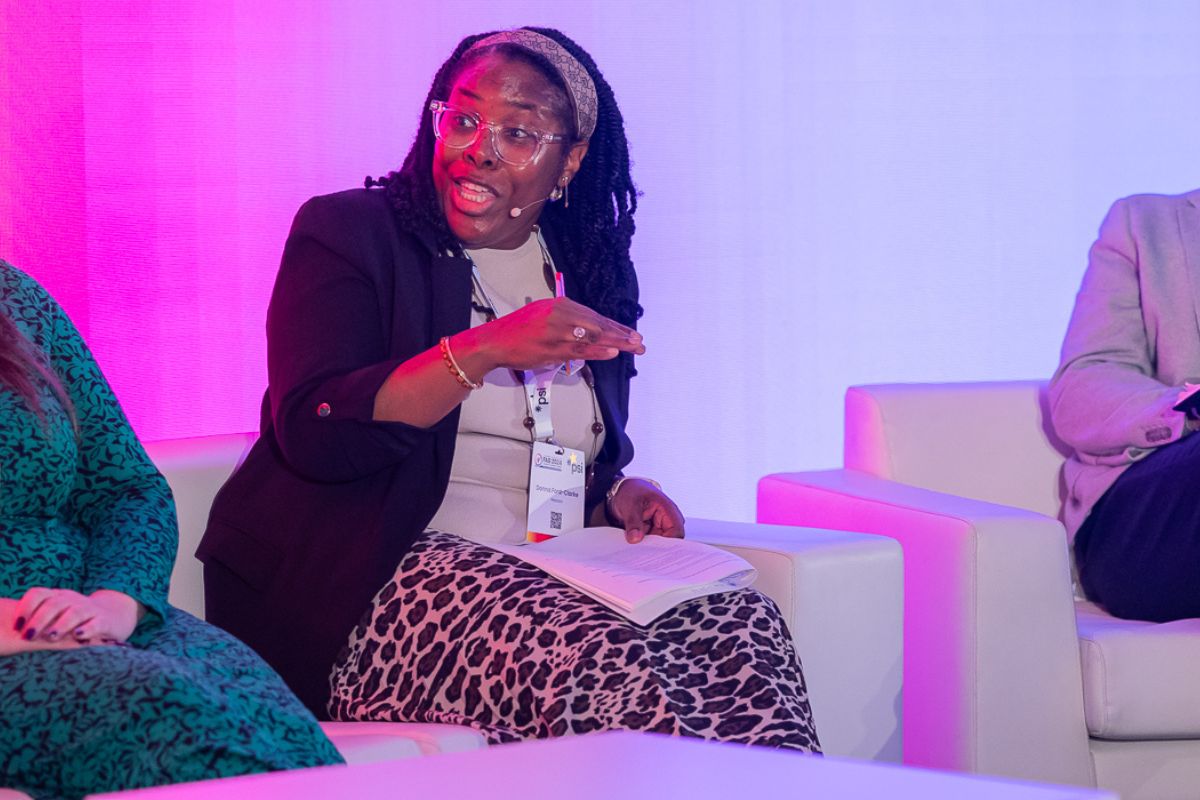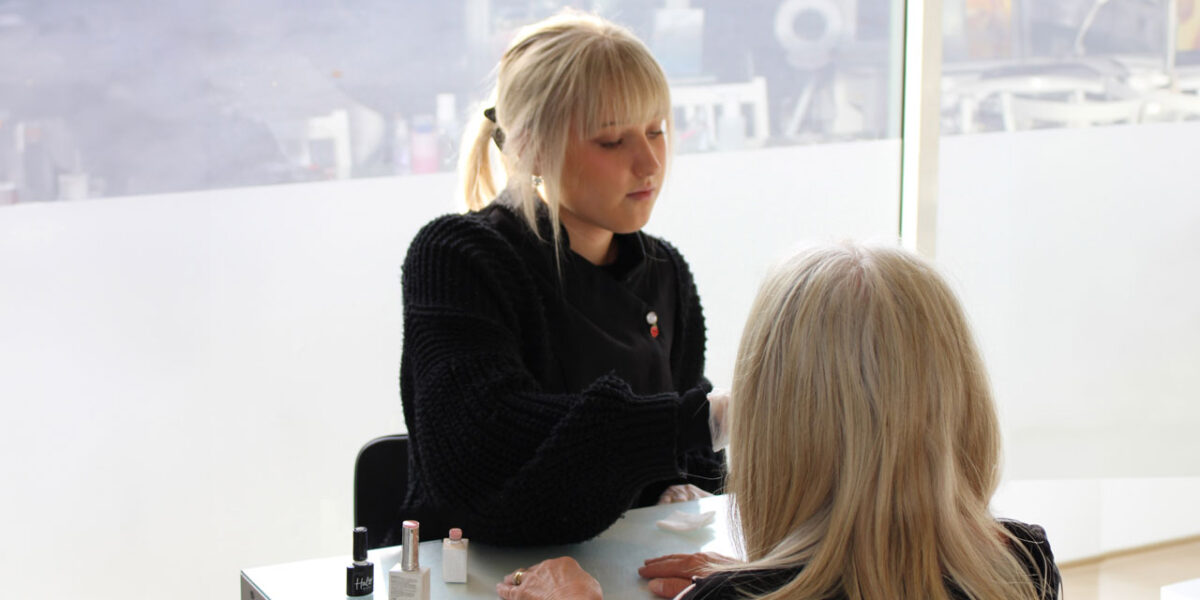Secondary state schools ‘excessively dominated by male headteachers’

Only 38% of headteachers at state secondary schools in England are women, despite the majority of teachers at those schools being female.
The Oxford Open Learning Trust researched official statistics from the Department for Education, which show that 63% of all teaching staff in English state funded secondary schools are female – including headteachers.
Despite this, just 1,400 of England’s 3,700 state secondary schools and academies are headed by women. The gender ratio for all secondary school teaching staff in England suggests that this should instead be closer to 2,330 female headteachers.
Primary state schools, both local authority maintained and academies, have many more women at the helm with 73% – though the primary school teaching workforce is 85% female.
Brian Crosby, CEO of the Hope Learning Trust in York, which runs several primary and secondary schools, said:
“It is a waste of our most valuable resource not to see female colleagues develop into leadership at a rate comparable with male colleagues. In Hope’s secondary schools we have five out of the eight senior positions held by female colleagues, but this should be mirrored across the country.
“There are two main reason why, at secondary level, the number of female colleagues coming forward for headship is below the percentage for men. The first is maternity care. I have experience of asking female colleagues to apply for a position but been told they are about to start a family and do not want the responsibility at this moment in time. I have also recently experienced colleagues resigning from positions of responsibility because of home pressures.
“The second is a lack of confidence that they can take the next step. It is sloppy to make generalisations, but male colleagues will often apply for something they are not ready for, whereas female colleagues need to be sure they can carry out the role. The work of groups such as Women into Education is addressing this issue and preparing women for the next step.”
He added that there are points that schools themselves should begin to work to, in order to address the balance:
“While in my Trust we have two male and five female schools leaders, we have talent spotted female colleagues who should be given an opportunity to progress to the next level. We also have provided mentoring and opportunities to allow colleagues to progress in a supportive environment.
“Meanwhile, women with ambitions to become headteachers could benefit from an opportunity to act up to a position in a supportive environment before making the final decision whether to commit to the role. We cannot allow talented women not to fulfil their potential.”
Dr Nick Smith, courses director and founder of the Oxford Open Learning Trust, said:
“It is startling to see that the difference is so distinct, and that secondary state schools are so excessively dominated by male headteachers in what is a slightly female-biased workforce.
“Many people who study with us come to secure an extra GCSE so that they can then study for a PGCE to become a teacher. Many will eventually strive to become headteachers.
“If ambitious women in education feel that the tide is against them at this early stage, I don’t doubt that it hampers the quality of our education system very severely in the long term.”
All figures, unless stated otherwise, are from the Department for Education’s School Workforce in England report 2016
About Oxford Open Learning Trust: With 20 years of experience providing high quality home study options, we pride ourselves on being one of the UK’s leading GCSE, IGCSE and A level distance learning course specialists. We are dedicated to helping you achieve your learning goals at a time and place that suits you.











Responses